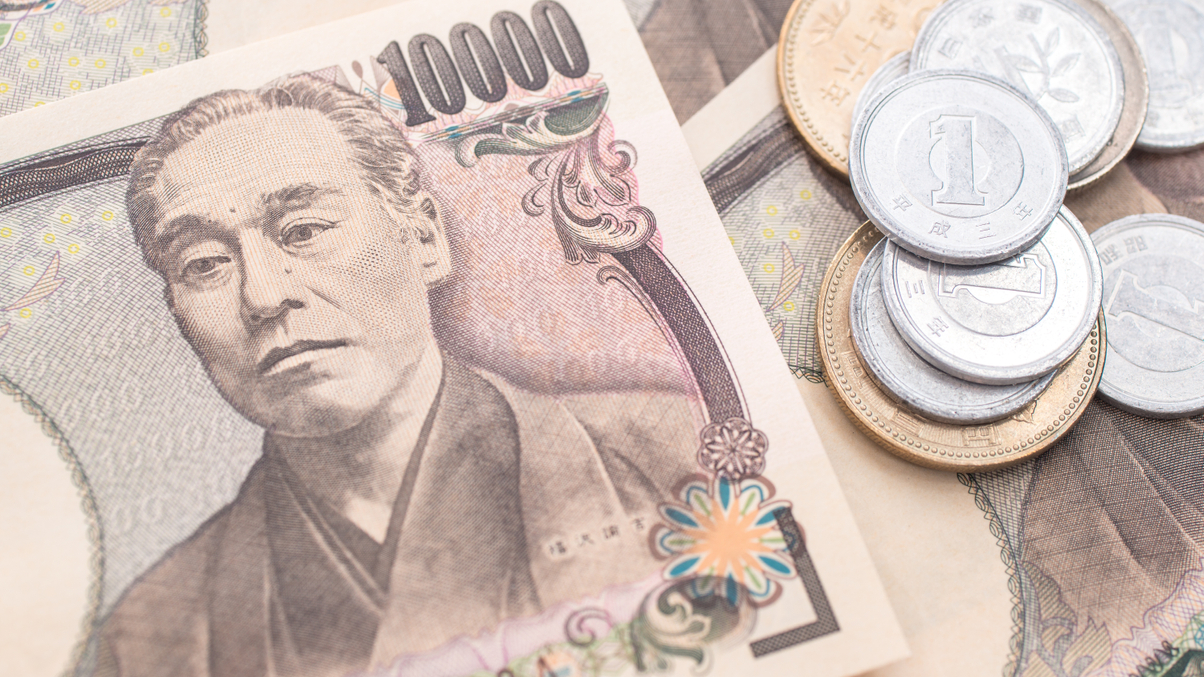Japan’s largest life insurers on alert for stronger yen in foreign bond strategies
Meiji Yasuda Life and Nippon Life Insurance plan to cut foreign bond holdings, while Sumitomo Life is expanding investments in overseas credit and leaning further on external managers.

Mega Japanese life insurance companies are employing different strategies in foreign fixed income as they seek to balance currency risks with lagging domestic yields.
Sign In to Your Account
Access Exclusive AsianInvestor Content!
Please sign in to your subscription to unlock full access to our premium AI resources.
Free Registration & 7-Day Trial
Register now to enjoy a 7-day free trial—no registration fees required. Click the link to get started.
Note: This free trial is a one-time offer.
¬ Haymarket Media Limited. All rights reserved.


